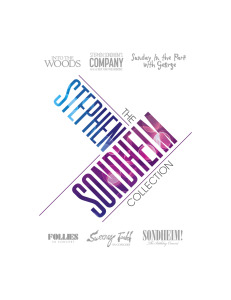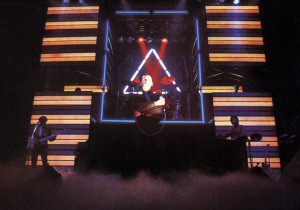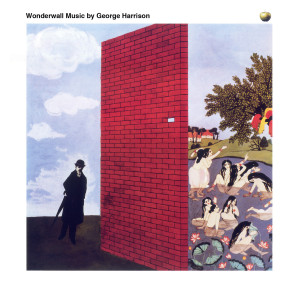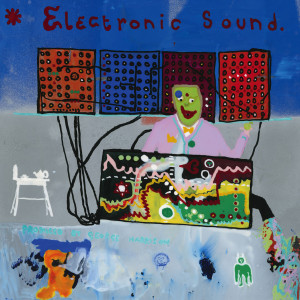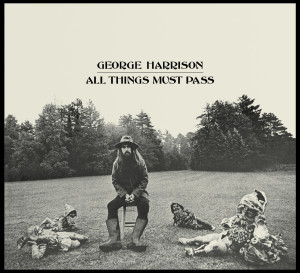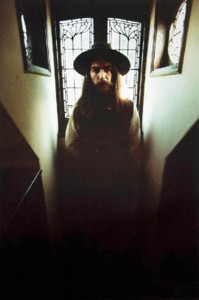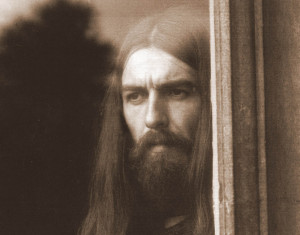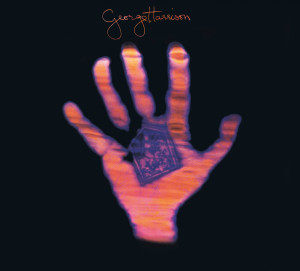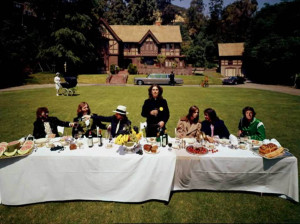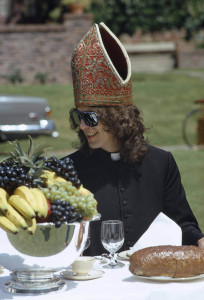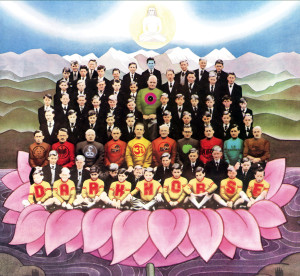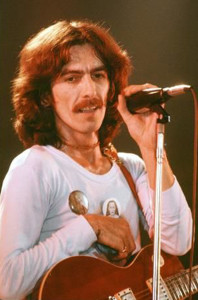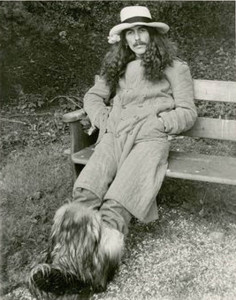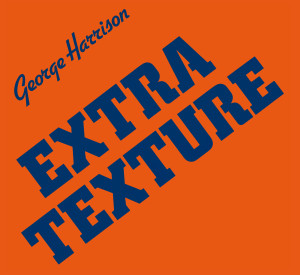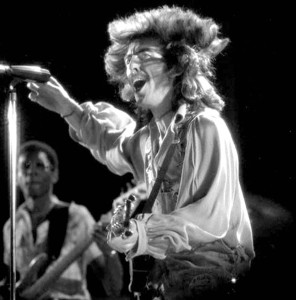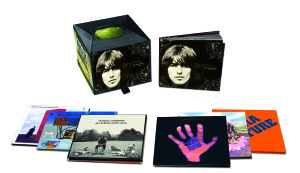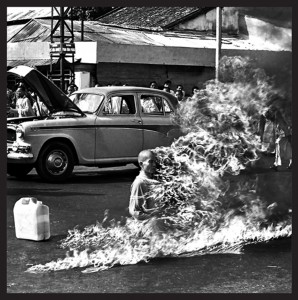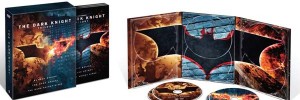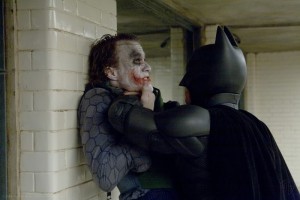(RLJ ENTERTAINMENT; 2015)
Since its debut in October, 1961, Carl Reiner’s grand creation, THE DICK VAN DYKE SHOW, has served as a benchmark for quality ensemble comedy… in my humble estimation, matched in quality only by the first two seasons of MASH in the five-and-a-half decades since. The rubbery-boned Van Dyke led the cast as Rob Petrie, the harried head writer for the Alan Brady Show (Brady was played by Reiner himself). Though the show served as a spoof of early television comedy writers, it was also very much a series about family and friends, with the irrepressible Mary Tyler Moore as Laura Petrie, occasionally getting herself into some very “Lucy-like” situations, while Rob and Laura dealt out a Ward and June Cleaver type of love, wisdom and guidance to their son, Ritchie (played by Larry Mathews) and, quite often, to Rob’s co-writers, Sally Rogers and Buddy Sorrell, played by comedic geniuses Rose Marie and Morey Amsterdam. Though he appeared in about half of the series’ episodes during its five-season run, a highlight was always Richard Deacon’s irascible Mel Cooley, the show’s producer and Brady’s brother-in-law; Deacon was a master at these types of smarmy, borderline sleazy characters… he also played Fred Rutherford (father of Clarence “Lumpy” Rutherford) on another classic, LEAVE IT TO BEAVER.
Dick Van Dyke became one of television’s greatest fall guys, as evidenced by one of the greatest opening title sequences ever (introduced at the start of the second season), as well as the consummate straight man with his often bewildered, bemused reactions to the anarchy taking place around him; he also got to show off his Broadway and movie background as a song-and-dance man, either with Ms Moore or as part of the ensemble-within-the-ensemble cast of the Alan Brady Show. His flustered everyman served as template for set-upon husbands and fathers for decades, until the family situation comedy paradigm began to shift in the late ’90s. Even though it was obvious that the adorable Moore had comedic chops aplenty and generally played Laura as smart and confident, it would have been almost inconceivable that she would become head of the powerful MTM Enterprises later in her career; one of her most endearing catch phrases, the quavering, high-pitched lament, “Ohhh, Rob!,” is still recognized virtually the world over. The comedic timing and phrasing of former vaudeville pro Rose Marie, radio performer and writer Morey Amsterdam and veteran character actor Richard Deacon (whose character, Mel Cooley, was the butt of Amsterdam’s Buddy Sorrell’s one-line barbs) was impeccable. Whether the plot showed off the Petrie’s family life at home or Rob’s manic office job, you were guaranteed a quality script and incredible acting.

Now, just in time for Christmas, RLJ Entertainment has released the entire series (158 episodes, clocking in at just under 66 hours of classic comedy), newly remastered from the original 35 millimeter negatives, in a twenty-five disc box set, filled with plenty of extras (including the original pilot, “Head of the Family”). The set is priced at just below two-hundred bucks (which is in line with the suggested forty dollar price tag for individual season sets), but I’ve seen it available for as low as a C-note, so do some shopping to find the best price and… treat yourself with a great Christmas present this year with THE DICK VAN DYKE SHOW: THE COMPLETE REMASTERED SERIES… You will thank yourself for being so kind and thoughtful.


